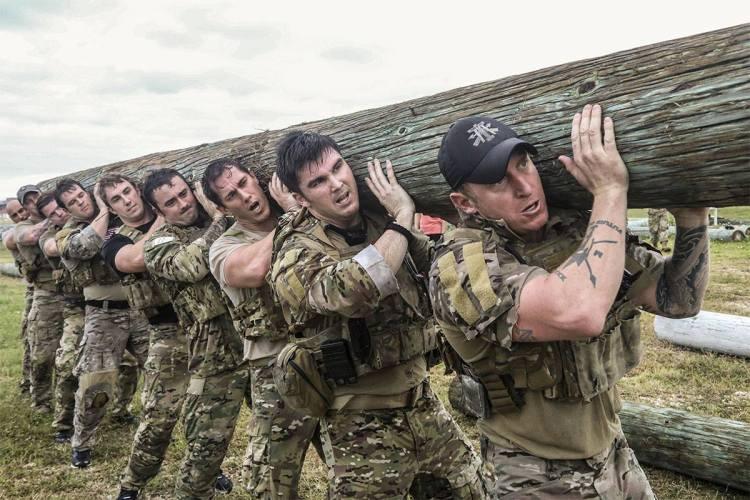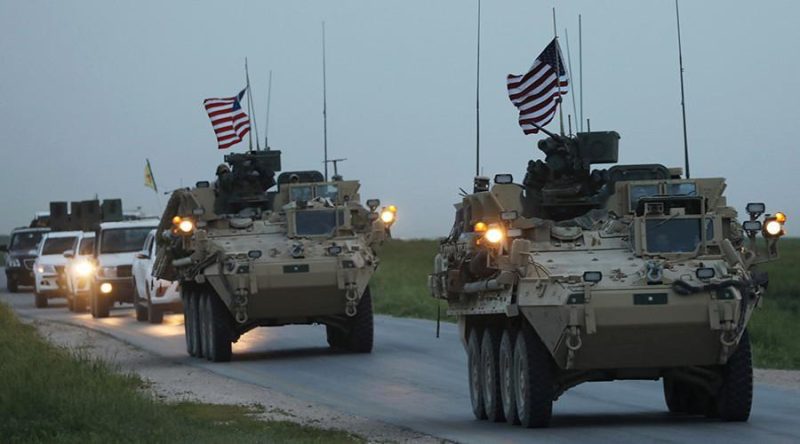Military tactics are “the art and science of winning engagements and battles. It includes the use of firepower and maneuver, the integration of different arms and the immediate exploitation of success to defeat the enemy, “3 as well as the sustainment of forces during combat. It also “includes the technical application of combat power, which consists of those techniques and procedures for accomplishing specific tasks within a tactical action.” This description is from the Marine Corps doctrine and reflects their approach to tactics. What does it tell us?
Definition
Military tactics refer to the concepts and methods we use to accomplish a particular objective in combat or military operations other than war. In war, military tactics apply combat power to defeat the enemy in engagements and battles. Combat power is the total destructive force we can bring to bear against the enemy; it is a unique product of a variety of physical, moral, and mental factors. Tactics result in the actions and counteractions between opposing forces.

It includes the use of maneuver, supported by the application and coordination of fires, to gain an advantage to defeat the enemy. In military operations other than war, tactics may be the schemes and methods by which we perform other missions, such as controlling a crowd or providing a secure environment for the delivery of food, medicine, or supplies to a nation or people in need.
Conclusion
As stated in the definition, military tactics combine art and science to gain victory over the enemy. The art of tactics lies in how we creatively form and apply military force in a given situation. It involves the creation, positioning, and maneuver of combat power. When do we flank the enemy, and when do we ambush him? When do we attack, and when do we infiltrate? How do we use speed and momentum to achieve a decisive advantage?

This creativity is a developed capacity acquired through education, practice, and experience. The science of tactics lies in the technical application of combat power. It includes mastering the techniques and procedures that contribute to developing warfighting skills such as marksmanship, navigation, gunnery, and close air support.
Executing these techniques and procedures must become second nature for us; this requires intensive and continuous training. Without mastery of basic warfighting skills, artistry and creativity in their application are impossible.
Understanding Military Tactics
Now that we have examined tactics’ art and science let us look at how we use tactics to complement strategy and campaigning. Strategy and campaigning bring our forces to a particular place at a particular time. We use tactics to win in combat. A war typically involves many individual engagements that form a continuous fabric of activity.
Sometimes a cluster of engagements flows together to make up a battle that may last for hours, days, or even several weeks. Tactical competence is indispensable to victory in such engagements and battles. Leaders at the operational and strategic levels use tactical victories to bring about success in the campaign and, ultimately, in the war as a whole.

In combat, our objective is a victory. Sometimes this involves the destruction of the enemy’s forces; at other times, achieving victory may be possible by attacking the enemy’s will to fight. The Army units must be equally prepared to win during both situations—those in which the enemy forces must be destroyed (as during World War II), and those in which the destruction of the enemy’s forces may not be necessary or even desirable.
As the Commanding General of the 1st Marine Division in Desert Storm stated, “Our focus was not on destroying everything. Our focus was on the Iraqi mind and getting behind [it]. He knew that the path to victory did not lie in the destruction of the Iraqi forces but in undermining their will to fight.





